Charles Lieberman. From Nov 22nd, 2008 through Jan 18th, 2009.  Charles Biederman: An American Idealist is a touring exhibition organized by the Frederick Weisman Art Museum at the University of Minnesota, on view at the Lowe Art Museum through January 18th, 2009. The exhibition offers a comprehensive overview of the life and work of Charles Biederman, an acclaimed American modernist, who pioneered new directions in geometric abstract art and in the Constructivist movement. The exhibition features a broad array of paintings and sculptures created during a prolific and influential artistic career. It includes early American-scene inspired oils, biomorphic abstractions, early wood and string constructions from the 1930s, and finally Biederman’s late metal reliefs. Fifty-three works in all complete the show. A new catalogue accompanies the exhibition.
Charles Biederman: An American Idealist is a touring exhibition organized by the Frederick Weisman Art Museum at the University of Minnesota, on view at the Lowe Art Museum through January 18th, 2009. The exhibition offers a comprehensive overview of the life and work of Charles Biederman, an acclaimed American modernist, who pioneered new directions in geometric abstract art and in the Constructivist movement. The exhibition features a broad array of paintings and sculptures created during a prolific and influential artistic career. It includes early American-scene inspired oils, biomorphic abstractions, early wood and string constructions from the 1930s, and finally Biederman’s late metal reliefs. Fifty-three works in all complete the show. A new catalogue accompanies the exhibition.
As a young artist, Biederman lived in the thriving art centers of Chicago, Paris, and New York, where he experimented with most of the new artistic styles known as modernist. He developed his most notable and original work, however, while living in Red Wing, Minnesota, where he moved in 1942 and remained until the end of his life. During his years in rural Minnesota, Biederman ventured on a personal search for a new way of seeing, a fresh vision of nature, and a new art. Also during this time, he published a number of works on philosophy, science, and art. Some of his famous books and publications include Art as the Evolution of Visual Knowledge, Letters on the New Art, The New Cézanne, and Art, Science, Reality.
Biederman’s lasting achievement resides in his late work and the ideas that shaped it. Beginning in 1942 he developed a set of theories about art, wrote extensively on his ideas, and constructed reliefs with projecting forms that reflect a vision of nature inspired by Cézanne. The interlocking planes and patches of unmodulated color in Cézanne’s canvases became the touchstone for Biederman’s mature artistic vocabulary. Structurism, his self-defining label for what he saw as his most important body of work, holds nature as the ultimate root of art and insists upon a wholly abstract translation of nature into the pure visual elements of color, plane, and form. In these works, small metal forms project from the surface and enliven the monochromatic background planes.
Charles Biederman died on December 26, 2004, at the age of 98, at his home in Red Wing, Minnesota. His work testifies to a significant contribution to the history of the utopian modern project of abstract art.
Lowe Art Museum
1301 Stanford Drive
Coral Gables, FL 33146
305.284.3535
www.lowemuseum.org

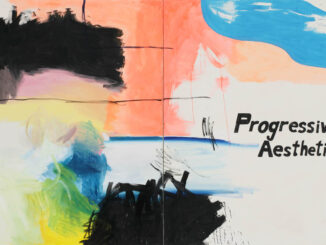
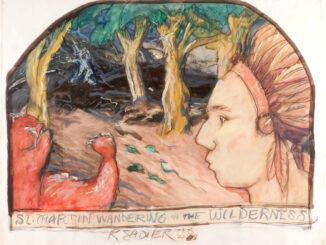
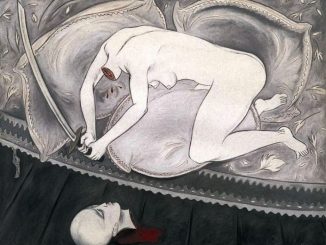
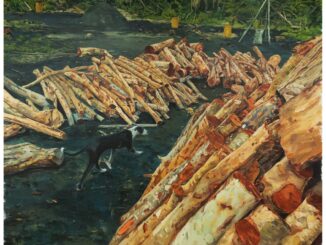
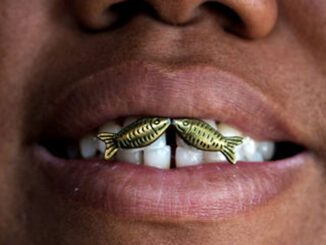

 The Lowe Art Museum at the University of Miami, located at 1301 Stanford Drive in Coral Gables, officially opened a new wing on May 2nd dedicated to the art of glass. The Myrna and Sheldon Palley Pavilion for Contemporary Glass and Studio Arts is named for two University of Miami alumni and longtime benefactors, who donated their collection to their alma mater, along with a gift of $1.7 million for construction of the new wing, and another $1 million to fund an endowment for the glass collection.
The Lowe Art Museum at the University of Miami, located at 1301 Stanford Drive in Coral Gables, officially opened a new wing on May 2nd dedicated to the art of glass. The Myrna and Sheldon Palley Pavilion for Contemporary Glass and Studio Arts is named for two University of Miami alumni and longtime benefactors, who donated their collection to their alma mater, along with a gift of $1.7 million for construction of the new wing, and another $1 million to fund an endowment for the glass collection.  The Lowe Art Museum at University of Miami displays sixty-six prints and drawings by twenty-six Afro-Cuban artists from Havana and Santiago de Cuba, as part of the first major exhibition outside Cuba to approach the work of these artists from a thematic perspective.
The Lowe Art Museum at University of Miami displays sixty-six prints and drawings by twenty-six Afro-Cuban artists from Havana and Santiago de Cuba, as part of the first major exhibition outside Cuba to approach the work of these artists from a thematic perspective.  Lowe Art Museum presents a traveling exhibition titled Material Terrain: A sculptural exploration of landscape and place. Gathering works by eleven authors, the exhibition features twenty – six indoor and outdoor sculptural works addressing the uneasy balance between natural and constructed environments. Coming from different backgrounds and using different techniques, artists in the exhibition reveal a myriad of associations relevant to environmental issues. While “place” and “displacement” are concepts that have been widely examined by contemporary artists – in search of a definition for the current geo-economic changes in a globalized world – concepts relevant to the impact that such changes may have or had on the environment have been less fortunate.
Lowe Art Museum presents a traveling exhibition titled Material Terrain: A sculptural exploration of landscape and place. Gathering works by eleven authors, the exhibition features twenty – six indoor and outdoor sculptural works addressing the uneasy balance between natural and constructed environments. Coming from different backgrounds and using different techniques, artists in the exhibition reveal a myriad of associations relevant to environmental issues. While “place” and “displacement” are concepts that have been widely examined by contemporary artists – in search of a definition for the current geo-economic changes in a globalized world – concepts relevant to the impact that such changes may have or had on the environment have been less fortunate.
Be the first to comment